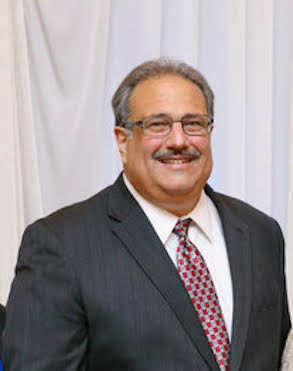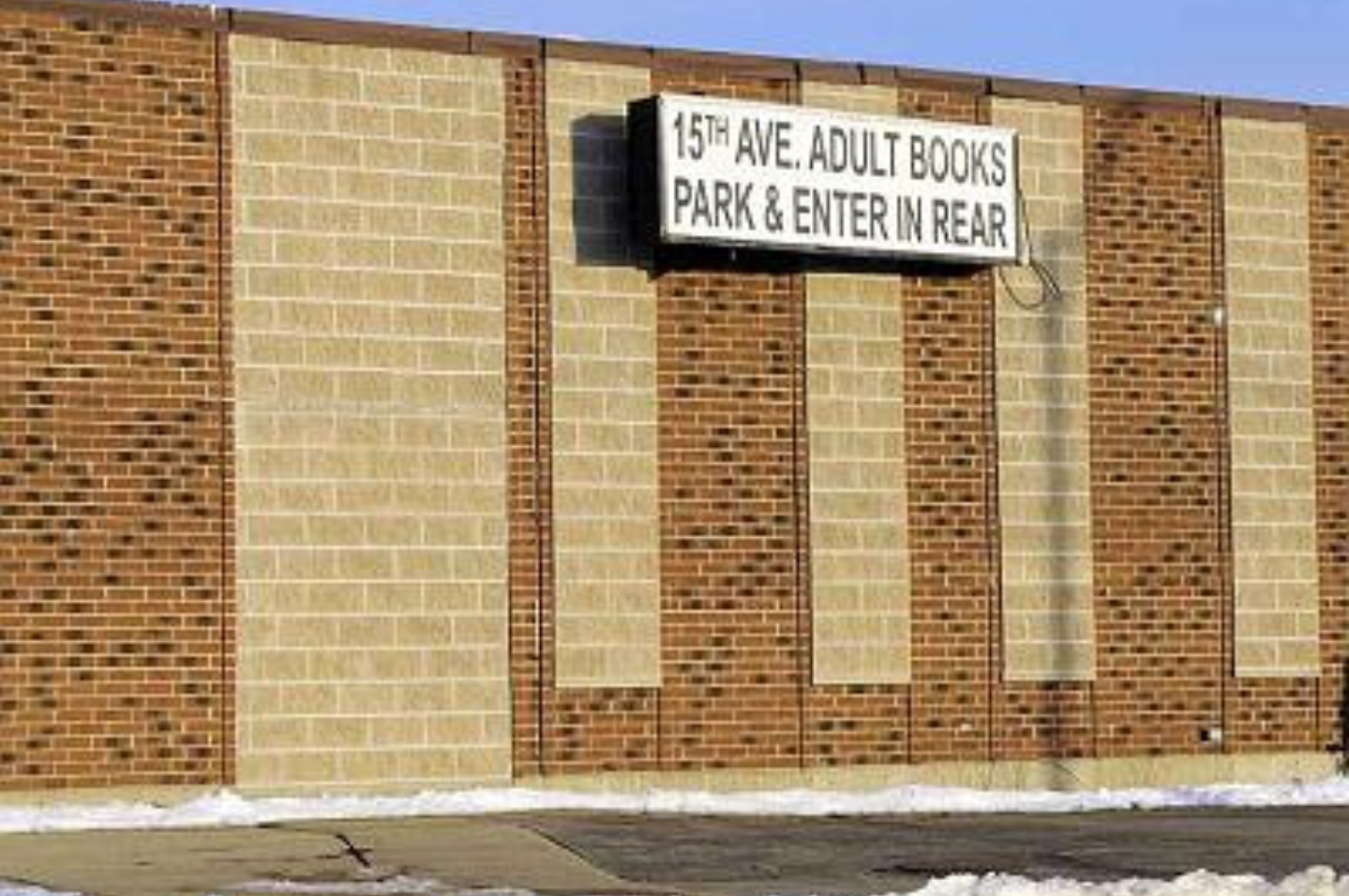Yet, during it all, there has not, as far as I have observed, been a single plausible explanation of what has happened to the financial system. Congress required that mortgage giants Fannie Mae and Freddie Mac direct 52% of their backing to the homes of low-income, higher-risk, mortgagees. It did the same, though not to the same extent, with the commercial banking system. Alan Greenspan co-operated with Congress by holding the prime rate at 1% for almost a year, facilitating the issuance of trillions of dollars of low-yield, high-risk mortgages.
The financial industry bundled these together in consolidated debt obligations (CDOs), whereby investors could buy in at different rates and risk levels. The CDOs were in turn backed by default swaps, insurance policies that gave the securities a (false as it turned out) semblance of reliability. Meanwhile, investment banks were permitted to borrow up to 30 times their asset bases, three times the leverage permitted to lending banks. It was a house of cards on an open terrace on a summer day.
Early signs of a slight business downturn shook loose some of the most vulnerable mortgages, and the effects rolled through to the insurance companies. Banks marked down their asset values, and to avoid being afoul of Federal Reserve-imposed ratios (which are based on market prices), had to seek more capital at declining issue prices, diluting existing shareholders. Market shapers and astute analysts short-sold the CDOs and bank shares, (i.e., sold them without first buying them, forcing down the market price, and then covering their sales by buying at a lower price).
The process broadened and accelerated, as this kind of crash always does. Secretary of the Treasury Henry Paulson and the Federal Reserve chairman, Ben Bernanke, scrambled around like one-armed paper-hangers, saving some companies (Bear Stearns) and not others (Lehman).

![[Serial Wife Killer And Former Police Official] “Drew Peterson, Running For Mayor of Schiller Park” Nick Caiafa](https://www.americannewspost.com/wp-content/uploads/2017/03/ncaiafa_3.jpg)

